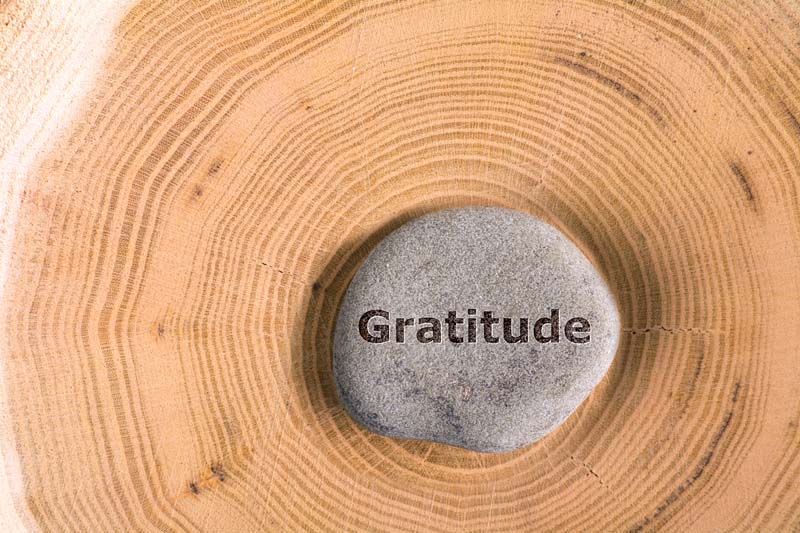Shame in the wake of grief
Shame is like a leech: potent, dangerous, and potentially lethal to the soul. Shame can internalize problems and leave the grieving person feeling that they are the problem. Tim Lawrence, a specialist in adversity, blogs that grief and shame are “an unacceptable combination”. And that shame in the wake of grief is “one of the most lethal, pervasive desecrations of humanity.”
Further, he claims, “when your life’s been torn apart, the potential for humiliation is exacerbated to infinity. To add a layer of poisonous shame to your already turmoiled position is not only scary, but it’s also dangerous.” Lawrence believes that “the combination of grief and shame is the most wounding force in the lexicon of human emotion.”
RELATIONSHIPS BETWEEN GRIEF AND SHAME
In recent years, researchers have explored relationships between grief and shame, especially in cases of spousal bereavement. Mine was a good case in point, as shame often arises as a breakdown in our self-presentation as a worthy person. It warns us when we have lost or are about to lose value and acceptance in the eyes of others.

That’s how I felt with Maya.
Bereaved people who feel shame about the death of their spouse may find their symptoms exacerbated because of a history of childhood assault, emotional abuse, parental neglect, abandonment, and rejection.
Bereaved widows
I read with sadness that bereaved widows are more likely to experience traumatic (prolonged) grief if they experienced childhood adversities.
Maya would say I am one of the most confident people she knows; that I have buckets of self-esteem. But Maya hasn’t thought much about my traumatic childhood. I have. I received a tremendous amount of affirmation, acceptance, and approval from Karl in our 23 years together. So, possibly, as well as missing his love, reassurance, connection, comfort, and support, I am missing the loss of the source of confidence that held my shame at bay.
Blessedly, I accept that Karl is dead. But I find that my self-confidence and self-esteem, once lost, are challenging to regain, even for a confident and self-assured woman.
So, given that I am grieving, in pain, feeling shamed and deeply upset, how can I use our healing model to work through the emotional fallout from the shaming situation with Maya?
GATEWAY 1: ACCEPTANCE
As I face the Acceptance Gateway, I must accept the reality of my life. I was not always prudent with my finances. I am naïve and trusting. (Karl would say that.) And I do over-share. I am who I am. I have a reputation with Maya. I also must accept that Maya is doing what Maya does, and nobody does that better than Maya.
She’s as reliable as a thunderstorm in the tropics.

Maya’s judgment of me is always close to the surface of her sunny personality.
I also must accept that accompanying my grief is my wounded child, however much I soothe her. She’s hyper-sensitive to attack right now, a highly charged time, after the complicated legal, financial, and activist matters that occupied me for two years. I also must accept that I cannot change Maya. Her values are firmly grounded in a parental voice informed by a lexicon packed full of “shoulds”.
So, for Acceptance, I give myself a hesitant check. I accept what’s going on and that the best I can do right now to protect myself (and our friendship) is to exit. Stage left.
GATEWAY 2: GRATITUDE

As I approach this Gateway, I discover with some relief that I can bless what arises. I was not thrown off-balance to the point of despair by Maya’s insensitive remarks. I am annoyed and disappointed, but I extricate myself with some dignity. I quickly debrief my experience with Stacey and reframe it as a shaming situation. I take the time to process it. My reframing, good for my mental health, makes me examine the potential for complicated grief in my circumstances. I make an appointment with a new therapist. I’m also most grateful to my astute friend, Stacey, who immediately spotted shaming behavior. I’m even thankful to Google and Google Scholar for my quick-and-dirty education in shaming and complicated grief. (Oh, and I’m trying to be ultra-diligent about my tiny investment portfolio.)
Gratitude: a hesitant check.
GATEWAY 3: FORGIVENESS

Approaching the Forgiveness Gateway, I am aware that I lack confidence in the potential for forgiveness in this situation. Maya has stung me, and my heart has hardened. I do not want to put myself in a shaming situation again, especially when I know it’s always on the cards with Maya. But then I stop to consider Maya. Poor Maya. I think my mother was a challenge. She was, but I could explain her behavior as mental illness. And a bad mental illness, at that.
Maya has a “perfect” meddlesome mother, who pestilently nags her, supervises her, and comments about the appearance, dress, housekeeping standards, and decisions of her middle-aged daughter. Maybe Maya is practicing standing up to a woman her mother’s age. Perhaps she’s trying to be the giver of advice for a change, rather than the receiver.
Karl’s advice

I approach Karl for advice about forgiving Maya. He believed I was naïve and often overly sensitive. And he’d always appreciated Maya’s warm heart and good intentions.
“She is doing the best she can,” he advises. “Maya’s so fearful that she lacks life experience.”
I would never wish on Maya the agony I’ve experienced.
Poor dear, I will try to forgive her, warts and all.
As I pass through this Gateway, Forgiveness: I award myself a hesitant, tentative, check.
Gateway 4: Engagement

Standing in front of the Gateway of Engagement, of service to others, I know what I need to do to heal this insult. That I can easily imagine. I will write about it and speak about it. I visualize myself conducting healing workshops for shamed and grieving bereaved spouses and their partners. I will share my bewilderment and weaknesses, making myself vulnerable so that others can benefit from my bereavement experiences. Sharing my insights, fears, and my new life with others in positive ways and working to develop strategies to strengthen other grieving people’s resilience: that feels like a positive new direction in my life. And I am embracing it with all my heart.
Engagement: check!
Some simple communication guidance
The two examples I offer above suggest how we might engage with and pass through the four Gateways of Wisdom when we are shamed as grieving people. There is no right or wrong way to do this work. If there is a destination (after all these passages), it’s a gentle acknowledgment and tender acceptance of our Reconciled Self. Perhaps we should call it our Reconciling Self. For grieving — as with all of life — is a dynamic process. I am always — and forever — in the process of becoming myself.
Becoming: a hesitant check.
When I accept that my life is a process of refinement — a means of “becoming myself” — I can see blessings in all my encounters in all the realms I approach and enter via the four Gateways of Wisdom. They are evidence of my new life emerging. My newfound flexibility and resilience will become apparent to me — and to others. I will embody Karl’s most endearing qualities — flexibility, balance, and surefootedness, nimble as a cat (or a boxer) – landing safely and effortlessly after a fall. My vision of my future will be more than a dream. I will believe it.
And I will say (to the one whose opinion matters so much, and in the secret language we used with each other):
Listen, Beloved: Your Wadie is doing her items. She is facing her issues. And your Wadie is doing just great.
